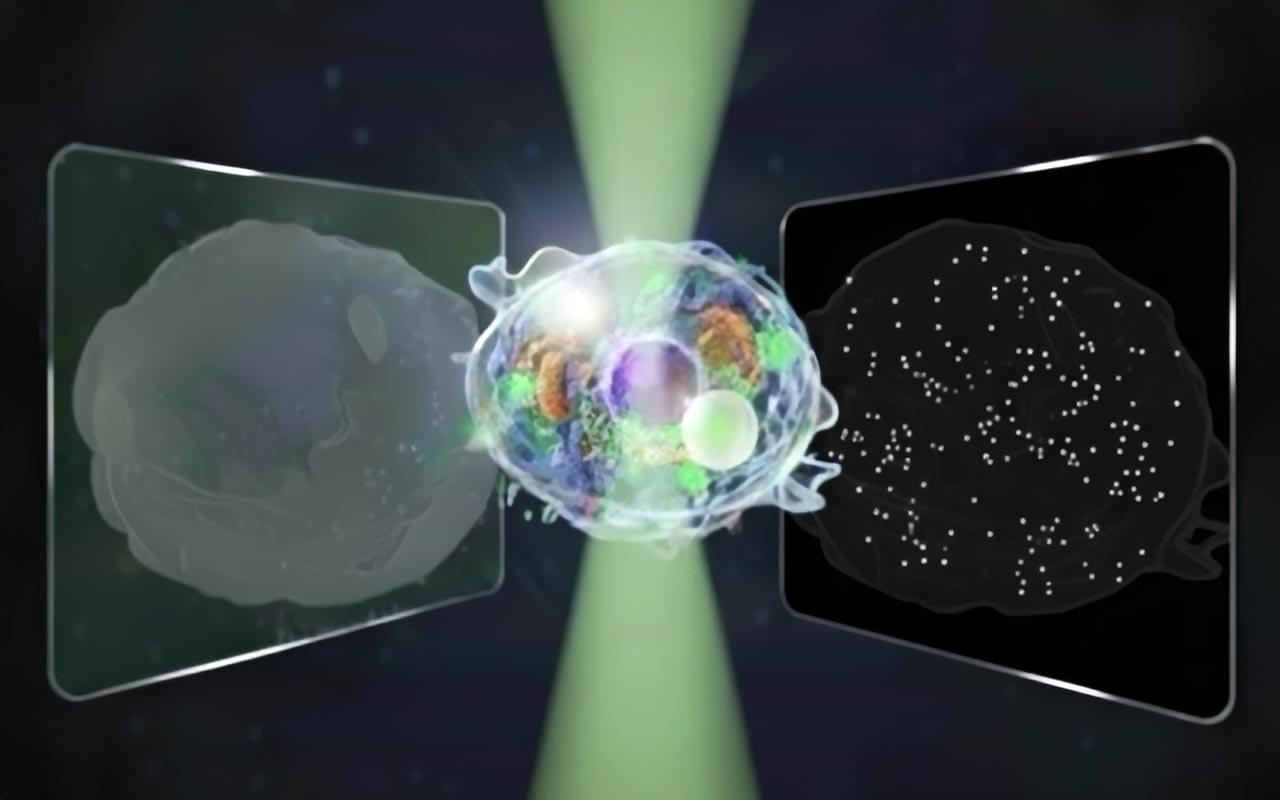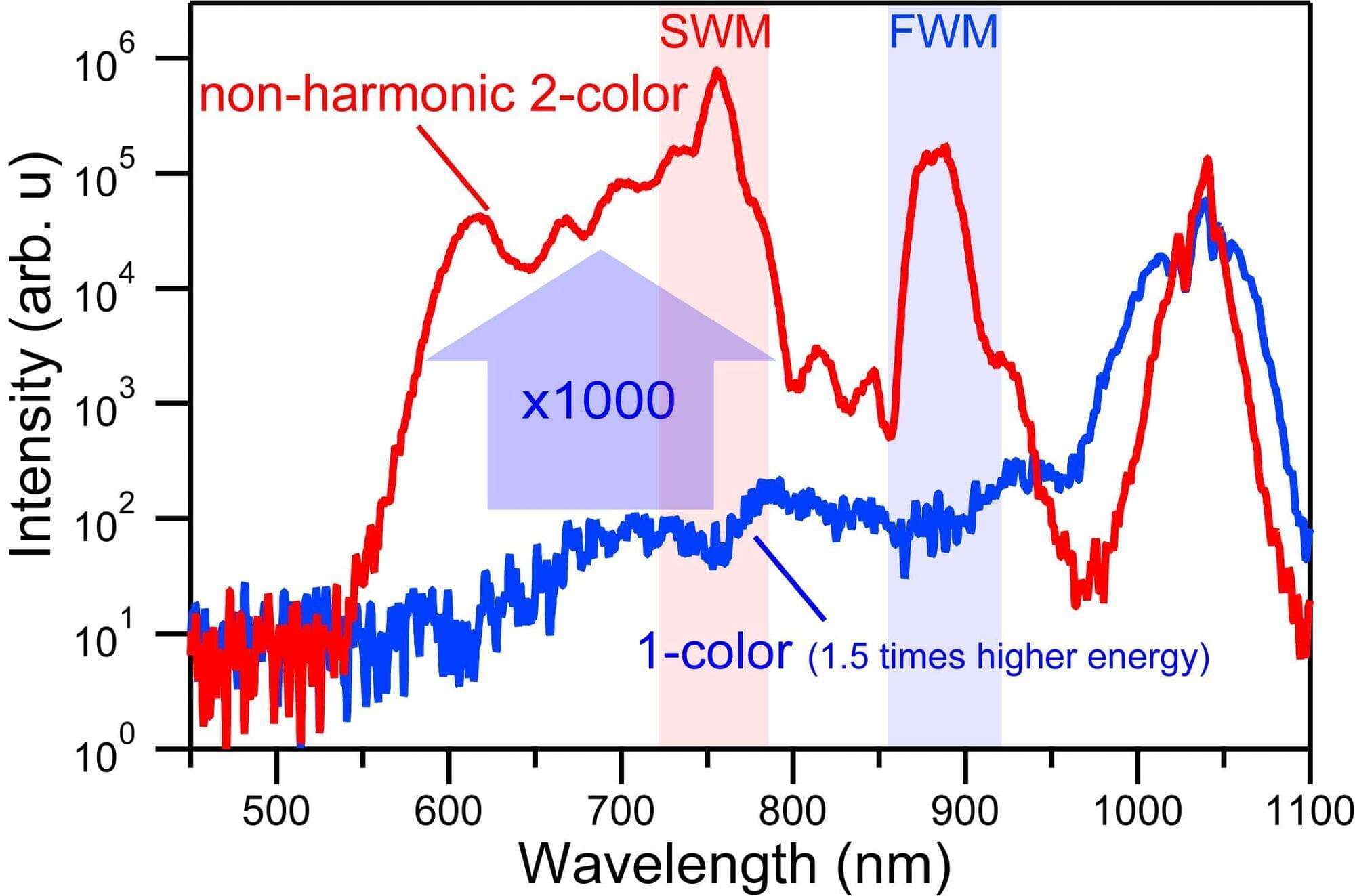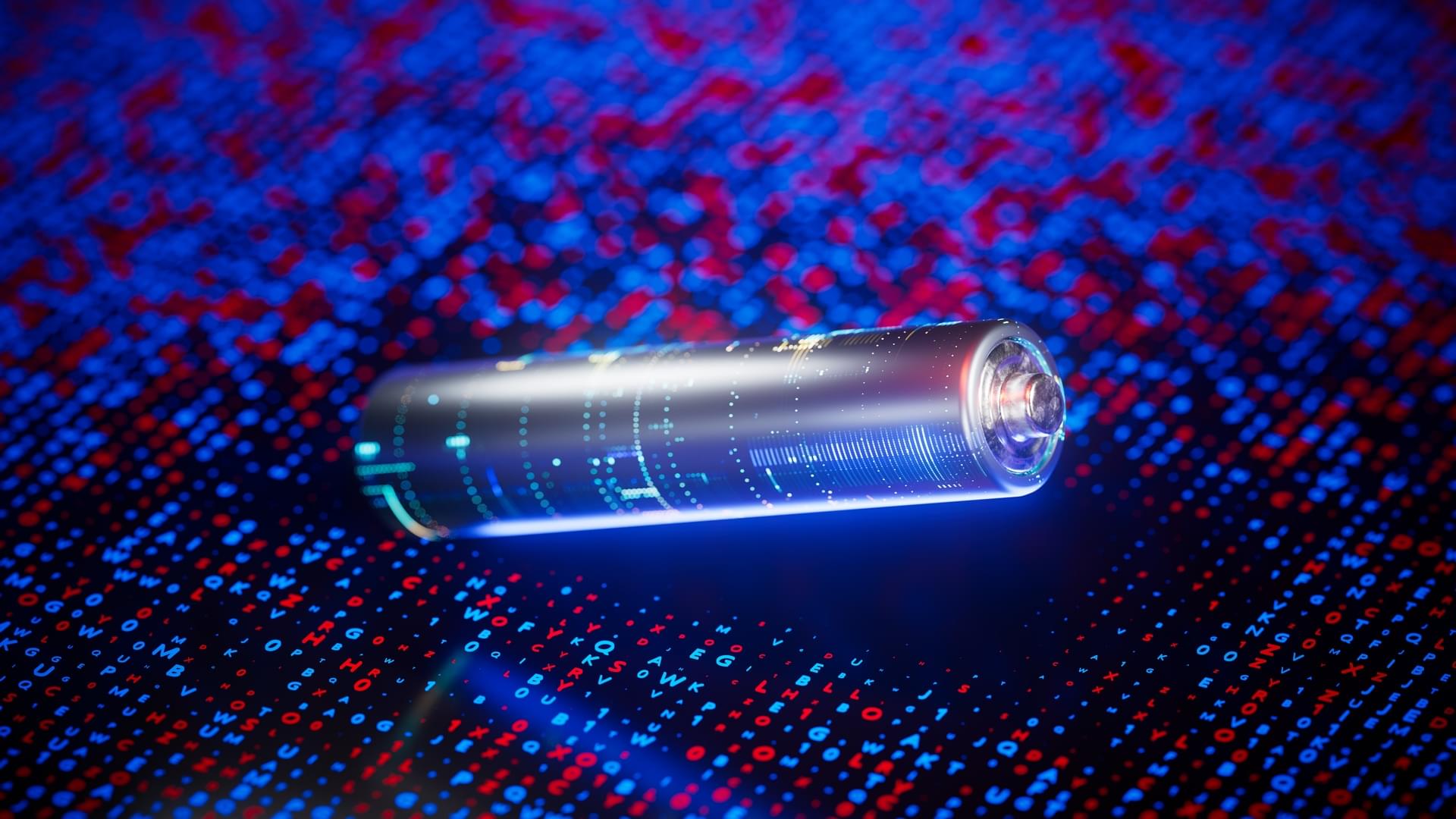EMBL scientists have improved a protein analysis technique, significantly expanding its use and making it 100 times faster.
Swedish chemist Jöns Jacob Berzelius, in a letter to a fellow chemist, first suggested the name “proteins” for a particular class of biological substances, deriving it from the Greek word proteios, meaning “primary” or “of first importance.” Although scientists in the 1830s knew very little about proteins, it was already clear how essential they were to living organisms.
Long-known as the “workhorses of the cell,” proteins are responsible for powering nearly every function in the body. Often critical to this is their interactions with other small molecules known as ligands. In a new study published in Nature Structural and Molecular Biology, EMBL researchers introduce HT-PELSA, a high-throughput adaptation of an earlier tool that detects these interactions. This new tool can process samples at an unprecedented scale, a breakthrough that promises to accelerate drug discovery and our understanding of fundamental biological processes.









